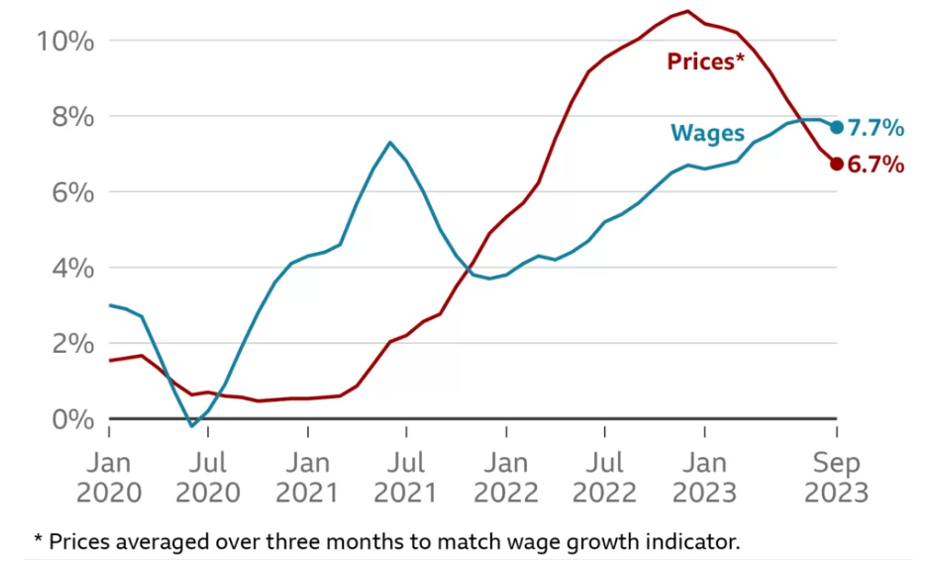As younger generations face challenges reaching milestones as the cost of living soars, you might be thinking about gifting assets to improve their finances. If your beneficiary is in a relationship, you may want to consider what would happen if they split up with their partner.
A well-timed gift could have a hugely positive effect on the long-term financial security of your loved ones.
In recent years, more people are considering gifts rather than leaving all their assets as an inheritance. There are many reasons for doing so, from reducing a potential Inheritance Tax bill to helping your child get on the property ladder.
Indeed, the Great British Retirement Survey 2023 found that a tenth of Brits aged 40 and over said they’d given what they consider to be a living inheritance in the last three years. A further 16% expect to gift money during the next three years.
Whatever your reason for passing on wealth, you likely want to ensure the assets remain within your family if a relationship breaks down. There may be steps you could take to protect the gift if there is a dispute.
Loans and gifts are treated differently in family courts
First, it’s important to understand how your gift could be treated if your beneficiary divorced. The family courts define gifts and loans differently, which could affect how assets are distributed.
Gifts, where there is no expectation that you will be repaid, are usually treated as joint assets and could be divided between both parties. As a result, it could mean the gift, or a portion of it, goes to your beneficiary’s ex-partner.
A loan may be treated differently as there is an expectation that it’ll be repaid in the future. However, that doesn’t mean it’ll stay within your family. The court is likely to consider needs. For example, if you loaned your child a deposit to buy a home and they have children that will remain with their ex-partner, the court may still award the property as housing for dependent children will often take priority.
If you’ll be giving a loan to your child, it’s often a good idea to use a solicitor to make the agreement formal, rather than relying on a verbal agreement. This could protect you and be useful in the event of a relationship breakdown.
It’s not only gifts to married family members that could be affected by a relationship breakdown either. A gift to an unmarried child to act as a property deposit if they’ll be buying with a partner could also be complicated if they break up.
4 potential options to consider if you’re passing on assets to your family
1. Ask your beneficiary to consider a pre- and post-nuptial agreement
If your beneficiary is married, or planning to get married, a pre- or post-nuptial agreement could be useful. These agreements aim to make it clear what happens to assets if the couple separates.
It’s important to note that pre- or post-nuptial agreements are not automatically enforceable in the UK. However, courts should consider the arrangements, so it can be an influential document.
2. Use a declaration of trust if the gift is being used to purchase a property
When one partner is contributing more when buying a property, a declaration of trust could provide security.
The declaration of trust will make it clear how much each party is to receive if the relationship fails. For example, if you gifted your child a deposit to purchase their home, they could use the declaration of trust to ensure they’d receive a larger portion of the sale proceeds if the house is sold to reflect this.
It’s also possible to use a deed of trust to name yourself as a “tenant in common” and entitled to a share of the property.
3. Attach conditions to the gift
As mentioned above, gifts and loans are treated differently in the courts. So, attaching conditions to a gift may be useful. For instance, you may say the money is a gift but in the event of separation, it will be repaid by one or both parties.
This should be recorded in writing and it may be useful to engage the services of a solicitor.
4. Use a trust to pass on assets
Trusts may be used as a way to protect assets and ensure they stay in the family. Assets held in a trust are managed by a trustee on behalf of the beneficiary rather than simply handing over assets. In some cases, a trust could ensure assets remain with your family.
However, it’s a common misconception that a trust cannot be taken into account when assessing how to divide assets. The court might consider when the trust was set up and its purpose when assessing the couple’s assets.
You might benefit from taking both financial and legal advice if you think a trust could be the right option for you. Doing so could help you to understand the complexities and how they relate to your situation.
It may be impossible to take assets out of a trust once they’ve been transferred. So, it’s important to make sure this is the right decision for you.
Get in touch to talk about passing on assets to your loved ones
If you’re considering passing on assets to loved ones during your lifetime, we can help.
Not only could we assess your options to ensure assets stay within your family, but we could also help calculate the short- and long-term impact passing on wealth now could have on your finances to provide peace of mind.
Please get in touch to arrange a meeting.
Please note:
This blog is for general information only and does not constitute advice. The information is aimed at retail clients only.
The Financial Conduct Authority does not regulate trusts or estate planning.













